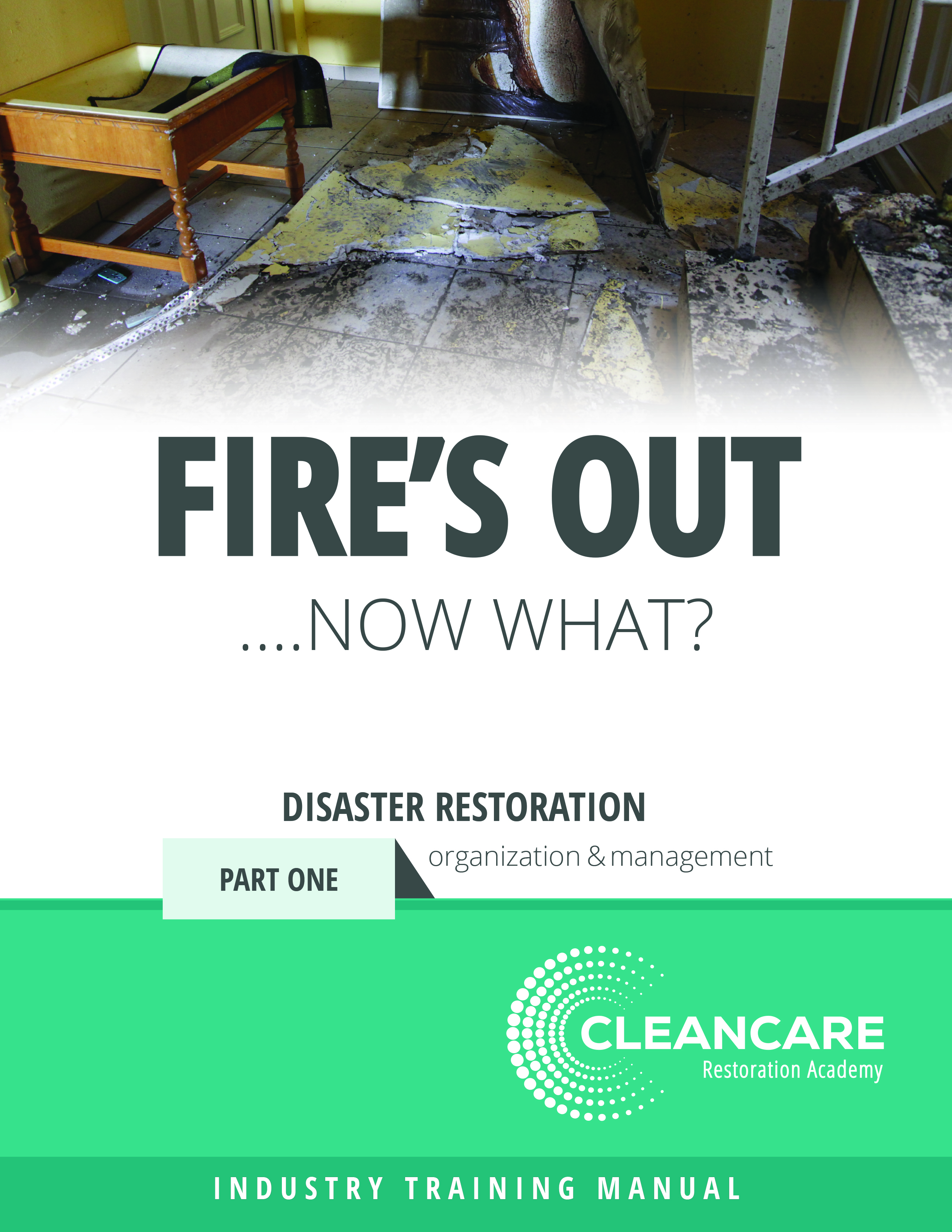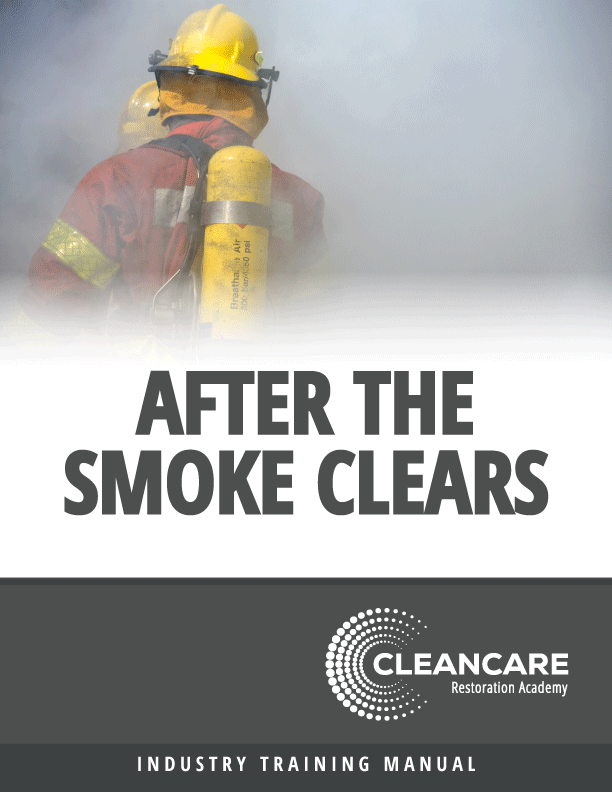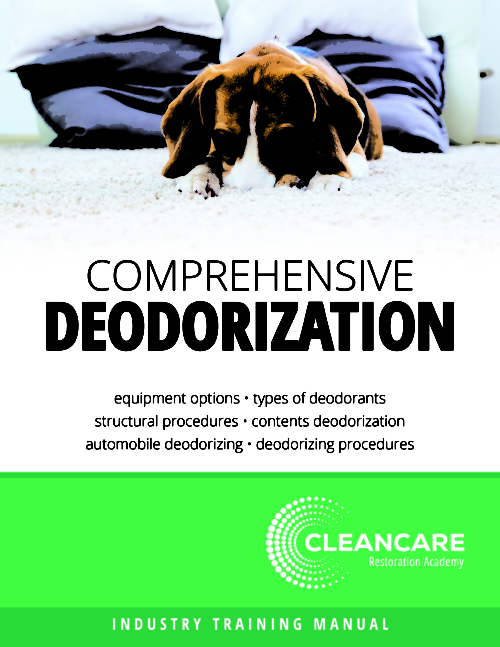Columbia, MD – The Restoration Industry Association (RIA) and the Indoor Environmental Standards Organization (IESO) have completed the development of the industry’s first draft standard regarding the identification of soot and char in HVAC systems. The procedural standard, “Evaluation of HVAC interior surfaces to determine the impact from fire-related particulate,” took approximately 16 months to develop and recently underwent a peer review by the IESO Consensus Body. IESO filed the proper notification with the American National Standards Institute for the standard last spring.
The purpose of the standard is to evaluate whether or not fire-related residue has been deposited on HVAC interior surfaces. Char is used as the primary indicator and soot is used as the secondary indicator of fire-related particulate. Char and soot were selected as indicators because char is a byproduct of almost all fires and is easily identifiable under most circumstances. Soot is also a byproduct of almost all fires and is easily identifiable if the sample is appropriately collected and properly analyzed.
“This standard will provide restoration professionals with an important tool when evaluating whether or not the interior surfaces of a mechanical system have been impacted by fire-related residues. It provides very specific inspection and sampling protocols and uses science to confirm their presence,” explained Tom Yacobellis, chairman of the standard sub-committee.
Pending approval by the IESO Consensus Body, the standard will be sent to ANSI for the public review process. On overview of the new standard will be presented at the Indoor Air Quality Association Annual Meeting and Indoor Air Expo in Tampa, Fla., on March 7th and at the RIA Convention & Exhibition in Atlanta, Ga., on March 26th.
RIA/IESO Complete "Fire-related Particulate in HVAC Systems" Standard
Looking for a reprint of this article?
From high-res PDFs to custom plaques, order your copy today!







